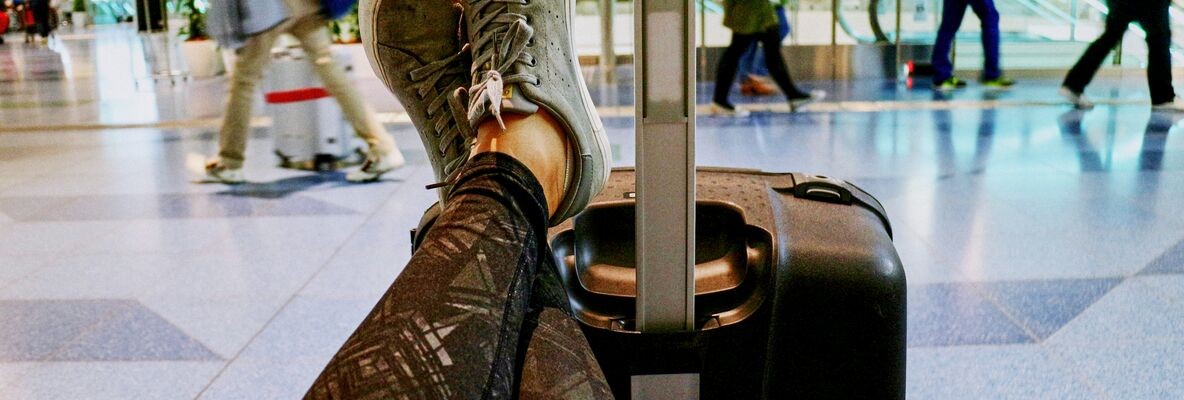We use cookies to enhance your experience. Basic cookies are essential for the proper working of this website. For example, they save your language preferences. They also help us gather anonymous information about the use of our site. More information in our Cookie Policy.
Good question. To answer it, let’s start from the beginning. The European Central Bank is the legal issuer of euro banknotes but the national central banks of the euro area are responsible for maintaining the quality and the good circulation of euro banknotes in their own country.
In the Grand Duchy, the Banque Centrale du Luxembourg (BCL) is in charge of the production and distribution of banknotes and coins in a quantity and quality required for the good functioning of payment channels
The key role of the Banque Centrale du Luxembourg
Banks give or receive banknotes from the BCL depending on withdrawals or deposits of their own clients. The BCL checks the authenticity of banknotes and separates acceptable banknotes that can be reissued into circulation from inadequate banknotes that have to be withdrawn from circulation because they are damaged or counterfeited. The condition and authenticity of banknotes are duly checked according to high common standards established by the Eurosystem in order to ensure the integrity of euro banknotes in circulation across the whole euro area.
The BCL destroys banknotes that do not meet the quality criteria, reissues adequate banknotes into circulation and replaces destroyed banknotes with new ones in order to ensure a consistent monetary circulation and to satisfy the increasing demand for banknotes
Only acceptable and new banknotes
Acceptable and new banknotes are returned into circulation via the automated teller machines (ATMs) of the banks and other customer-operated devices.
Now you understand why ATMs never issue soiled, worn, torn, holed, hand-drafted or taped banknotes. They are withdrawn from circulation and destroyed by the Banque Centrale du Luxembourg...
11/2021
-
Student employees’ rights and obligations

As a student, you might want to make some extra money and gain some paid work experience. Very good idea, but do you know your rights and obligations as a student employee?
-
What formalities to follow at your arrival in Luxembourg

If you have just arrived in Luxembourg or if you intend to come into the country in the near future, one of your first steps will be the opening of a bank account. But which bank to choose?
-
What is the best way to save money when planning a holiday?

Deciding how to spend a well-deserved summer holiday can be exciting. Should you go back to a favourite location, or try something new? But there can be tricky trade-offs, such as whether to decide early and book ahead or wait as long as possible in the hope of finding a better deal.